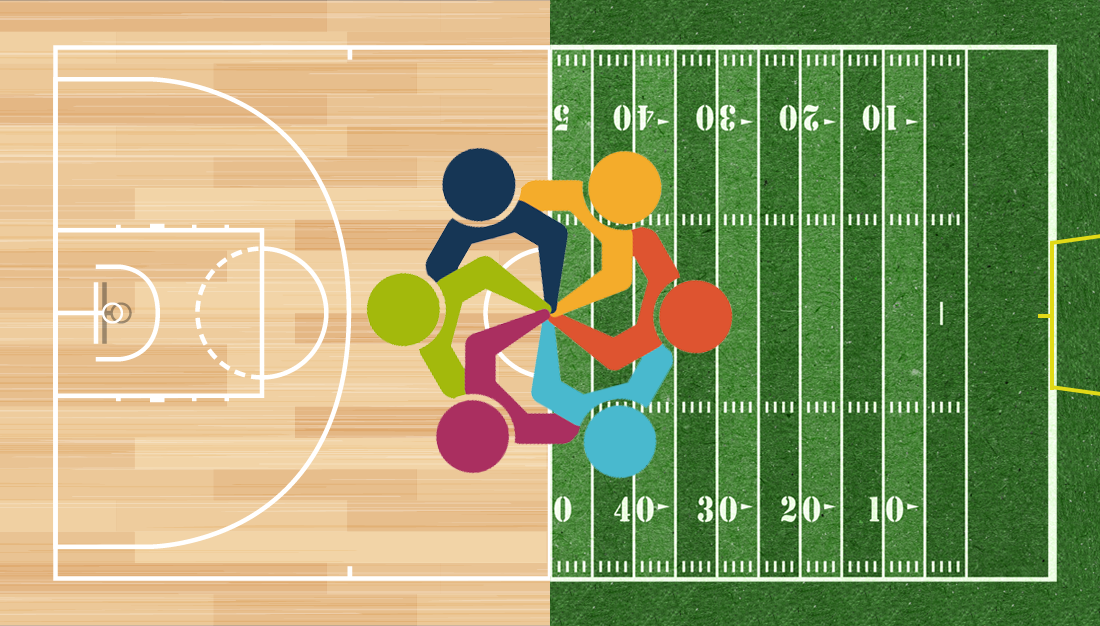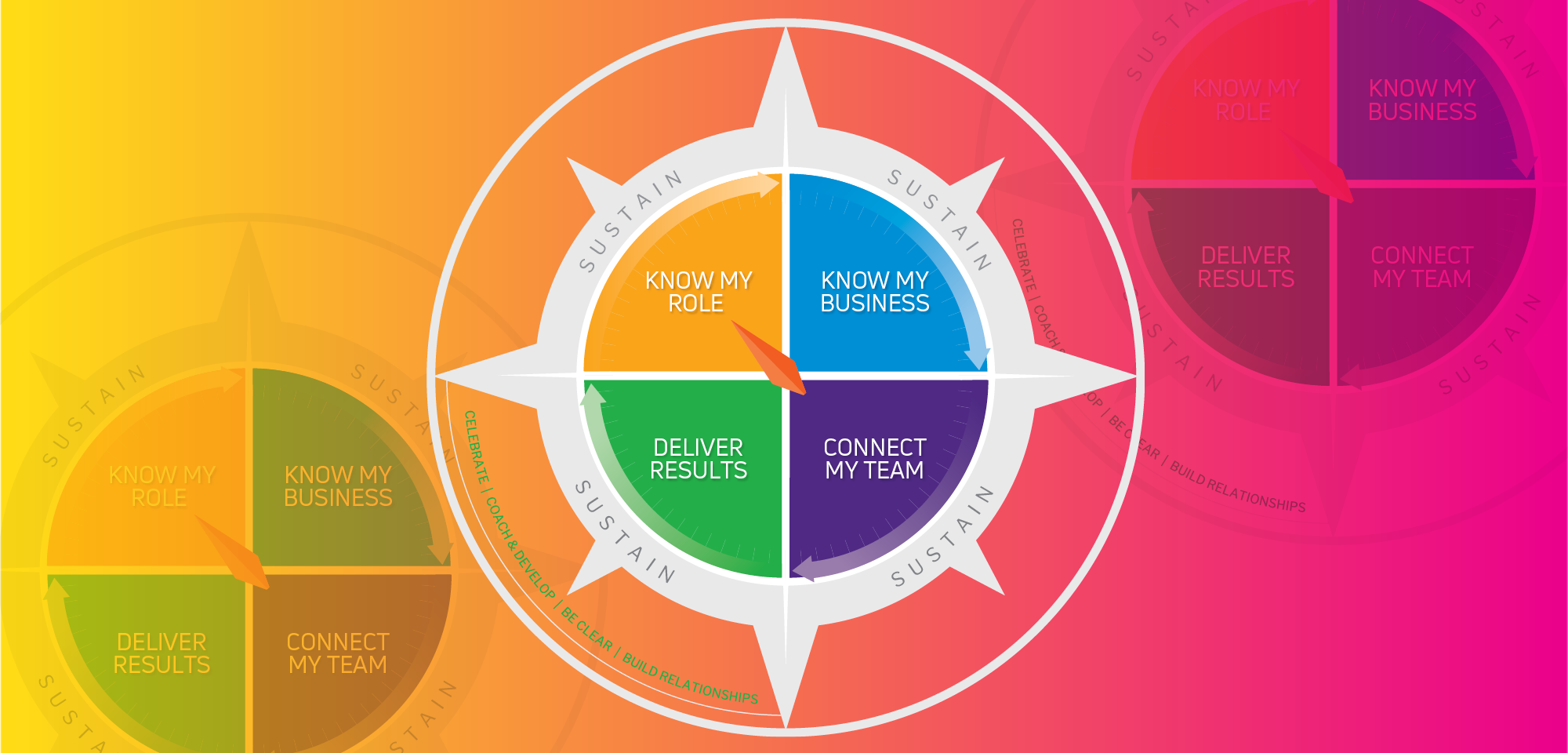73% of NBA players are Black. Currently, 50% of NBA head coaches are Black.
58% of NFL players are Black. To start next season, 9% of NFL head coaches will be Black.
One of these institutions mandates that each team “interview at least two external minority candidates for open head coaching positions,” and has had a form of this mandate for two decades. The other organization has never had such a requirement.
Can you guess which organization has the mandate?
If you chose the NFL, you are correct. Since 2003, the NFL has had various versions of this mandate (known as the “Rooney Rule,” after former Pittsburgh Steelers owner Dan Rooney). But 20 years later, the racial demographics of the league’s head coaches do not at all reflect the demographics of the broader employee population.
This issue is reflected in the business world too, with many organizations acknowledging the same thing: their leadership does not at all reflect the demographics of the broader employee population.
So, what can we learn from the NBA and NFL?
Three Ways to Help Your Organization Emulate the NBA
While the NBA is far from perfect when it comes to representation in leadership, and progress has not been a straight line, we see several important things for leaders to consider:
1. Lead with an inclusion vision and conviction, not diversity rules and mandates.
Visit the NBA’s diversity and inclusion landing page, and you see the headline: “Basketball is for everyone.”
Visit the NFL’s diversity and inclusion landing page, and you see the headline: “The Rooney Rule.”
Certainly, an organization’s culture consists of much more than its website. But for the NBA, this vision, that “Basketball is for everyone,” is much more than a slogan. The NBA has an inclusion conviction that permeates its dialogue, from how the commissioner talks, to the initiatives that receive attention and dollars, to yes, marketing efforts as well. The vision is persistent and consistent.
In stark contrast, the NFL continues to lead with the Rooney Rule, the mandate to interview candidates of color. In year three of the Rooney Rule, the league celebrated that Super Bowl XLI – played in February 2007 – was coached by two Black men (with Tony Dungy’s Colts defeating Lovie Smith’s Bears), with an all-time high of seven teams led by Black head coaches (22% of positions). But this leadership representation has never been replicated, despite strengthening the mandate over time.
Quite simply, the NFL has lacked a genuine inclusion vision and conviction. While yes, organizations can see positive outcomes from requiring diverse candidate slates for open positions, it’s time for the NFL to consider taking bigger, more substantial steps that leave less room for subpar representation. If your organization looks more like the NFL than the NBA, it’s time to ask yourself: Are diversity rules and mandates at the center of your organizational dialogue? Or do you as a leader persistently and consistently lead from an inclusion vision and conviction?
2. Amplify, don’t muzzle, employee voices and perspectives.
In March 2012, the NBA’s Miami Heat took a team photo in hoodies to support justice for the killing of Trayvon Martin. Their team’s first comments:
“Our hearts go out to the family and loved ones of Trayvon Martin for their loss and for everyone involved in this terrible tragedy. We support our players and join them in hoping that their images and our logo can be part of the national dialogue and can help in our nation’s healing.”
In August 2016, the NFL’s Colin Kaepernick began kneeling during the national anthem to bring attention to policing reform in communities of color. The NFL commissioner’s first comments:
“I don’t necessarily agree with what he is doing. I support our players when they want to see change in society, and we don’t live in a perfect society… On the other hand, we believe very strongly in patriotism in the NFL. I personally believe very strongly in that.”
Both responses claim to “support our players.” Yet, in practice, one organization followed through on this support, and one organization didn’t.
Four years later, only after George Floyd’s murder, did the NFL commissioner redefine what support should’ve looked like, telling former NFL linebacker Emmanuel Acho:
“The first thing I’d say is I wish we had listened earlier, Kaep, to what you were kneeling about and what you were trying to bring attention to.”
As a business leader, are you listening to what employees are trying to bring attention to? As you listen, are you then amplifying employee voices (like the NBA’s Heat did) or muzzling them (like the NFL commissioner)?
3. Be authentic and avoid celebrating faux progress.
In summer 2021, NBA Commissioner Adam Silver conducted his typical pre-NBA Finals news conference. When asked about increasing representation of Black and women coaches, here’s what he said:
“It’s something that requires our daily attention. We aren’t going to rest on our laurels. … It’s a little bit frustrating [lack of women coaches]. It’s an area you look around here, and you’d like to see more representation here with all aspects of our business.”
In 2021, here is how the NFL introduced its ninth annual Diversity and Inclusion Report:
“Since the first Diversity and Inclusion Coaching Mobility Report in 2013, it has been noted that the NFL has led the sports industry by intentionally hiring a diverse and inclusive workforce, as well as increasing opportunity for minority coaches.
“While improvement is evident, there must be an ongoing effort to break mobility barriers and establish a cultural norm of opportunity for all. The NFL recognizes these challenges and is committed to taking practical steps to ensure concrete results.”
The “NFL has led the sports industry by intentionally hiring a diverse and inclusive workforce”? This just isn’t authentic. The statistics speak for themselves, and to reiterate the stats stated earlier, 58% of NFL players are Black and for the upcoming season, just 9% of head coaches will be Black. The NFL has had a history of celebrating faux progress, and this contributes to sentiments like, “Well, we’re doing the best we can.”
Don’t get me wrong – organizations should celebrate real progress and should not focus 100% of energy on what’s not working well.
But it’s not enough to feel victorious about the small steps when the organization has such large steps still to make.
NFL Commissioner Roger Goodell struck a better balance in his pre-Super Bowl news conference in February 2022. In his remarks, he acknowledged the small steps the NFL had made and spoke with much more candor as he laid out specific ways the NFL would seek to make much bigger steps. But it takes time to earn back credibility from stakeholders when the tone has been overly rosy and inauthentic for so long.
As a business leader, do you strike the balance of communicating that your organization is further than it’s ever been (if genuine), but not yet where you want to be? Do you assess how your authenticity and celebration of progress is perceived by others?
Are you like the NBA or NFL?
When it comes to seeking more diverse representation among leadership in your organization, are you more like the NBA or the NFL? As you hold up a mirror, how are you and your organization doing on each of these principles?
- Lead with an inclusion vision and conviction, not diversity rules and mandates.
- Amplify, don’t muzzle, employee voices and perspectives.
- Be authentic and avoid celebrating faux progress.
Creating an inclusive and diverse workplace is critical to creating a positive culture and employee experience. Want to discuss your self-assessment with someone? Just drop me a note – I’m happy to process through it with you and help get you that much closer to being the organization you want to be.









